Making Collective Governance Work – Lessons from the Extractive Industries Transparency Initiative
“Beyond Governments” is a rare thing – a book written on collective governance by practitioners who are still in the midst of practicing the art.
In some ways, it is an autobiography of the Extractive Industries Transparency Initiative (EITI) by two of its leading protagonists, and given the endorsements at the start of the book, it is very much an authorized one.
The fact that the EITI’s final chapters have yet to be written makes the book more compelling and timely – there is a lot to learn for anyone engaged in collective governance initiatives. This is very timely as we approach the launch of the 2015-30 UN Sustainable Development Goals with governments, business and civil society far from agreeing how they should cooperate in their governance.
As a reader, I found myself banging the table in violent agreement on some of the early key points: that collective governance is irresistible and that accountability has to be a three-way process between governments, business and civil society.
There is some openness on the real motivations behind why some governments, businesses and civil society join such initiatives – the fear of ‘resource nationalism’ being high amongst these. My favorite is Chapter 4: “Build Trust through Building Momentum: Just Get on with It” should be on T-shirts and handed out to all collective governance entrepreneurs.
There are some real gems here that often never see the light of day in more politically correct writing: voting represents weakness not strength, the voluntary/mandatory divide is a major distraction and that power imbalances need to be accepted. Essentially forward momentum is gold dust for collective governance work, endless years of discussing governance whilst not rolling up collective sleeves to work together on the ground (which has blighted some other multi-stakeholder initiatives) results in few benefits for rights-holders and communities.
Another stand out for me is Chapter 8 on Sunset Clauses – there should be no in-built assumption that new models of collective governance should be permanent. Rich and Moberg are very open about the degree of experimentation that is going on and some of the dangers of co-option or decline, as well as the vigor of having time-bound objectives. “Initiatives need to dismantle themselves or reinvent themselves” – a key point that so many other others have overlooked. Planning for redundancy used to be the mantra of the voluntary sector, before NGOs became part of the status quo, and it is a good default for collective governance initiatives. They might become the “new norm” but we, and especially they, must not assume that they will.
The book raises many questions but cannot fully answer all (because each would need a book in their own right). Firstly, I wonder how much collective governance is an art and how much it is a science. The book gives ample bullet points for those hungry to learn. These are good. But some of the dark arts of collective governance, and the authors are clearly practitioners, are harder to describe in text boxes. John Ruggie, another who practices and analyses in real time (although in his case he is a thinker turned practitioner – the reverse direction), often quotes Bismarck when asked how he achieved what he did with the MDGs, UN Global Compact or the UN Guiding Principles on Business and Human Rights: “If you like the sausage don’t ask how it is made”. There must be a lot the authors had to leave out.
I also wonder if the “Beyond Governments” title is the right one. The content of the book does not suggest this: rather it is more “Helping National Governments and Other Actors to Do Their Jobs Better in a Complex Globalizing World” – but this is a less catchy title. Any sense of moving beyond governments will raise the hackles of many said governments, as well as many in civil society (who are oxymoronic on this point – governments are the main abusers of human rights yet UN Conventions further legitimize them); some of whom are also closing down space for civil society and in particular those that might receive international funding – an important component of how EITI works. Similarly, I wonder if EITI is really an alternative to regulation (as suggested in Recommendation 9). The Dodd Frank Act in the USA would not suggest that initiatives such as EITI delay binding laws, but rather they might make such legislation effective when it comes.
A final thought would be my predicable point on human rights. I guess I see the interrelationship between transparency and human rights to be much closer than the book suggests, or than that Clare Short inferred when Ethiopia joined EITI. The downgrade of Azerbaijan (on Page 60) was a brave move by EITI but the section really still fudges the relationship between freedom of expression, the right to privacy and the right to information (i.e. transparency). This alignment remains a central challenge for EITI moving forward, and is not one that has hindered transparency NGOs such as Global Witness and their recent work with the global Chinese mining sector.
I would like to congratulate Eddie and Jonas on the book and for taking the time to write it. It is a unique book in many ways and there is a reason that EITI is amongst the most successful of all multi-stakeholder initiatives. So read it.
John Morrison is the Executive Director of the Institute for Human Rights and Business and author of “The Social License” (Palgrave MacMillan, 2014). The views expressed here are his own.


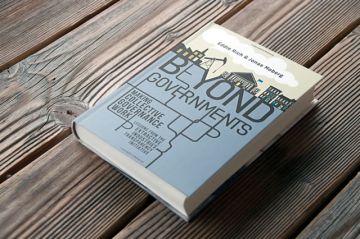








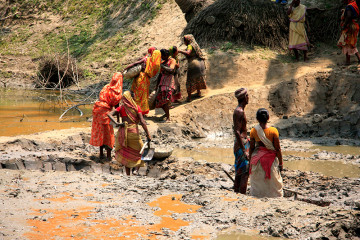
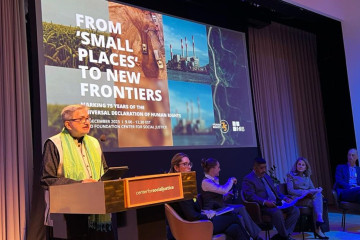
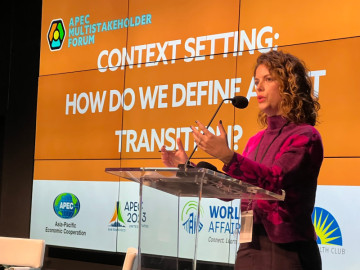
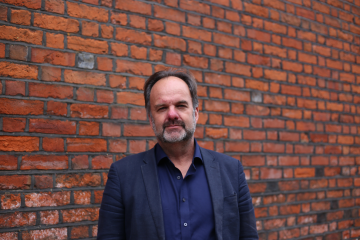




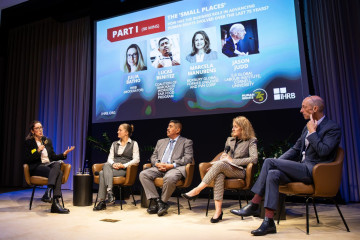
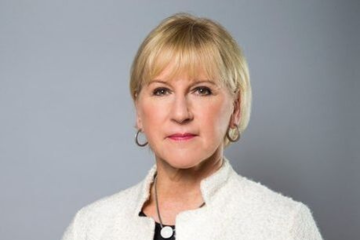
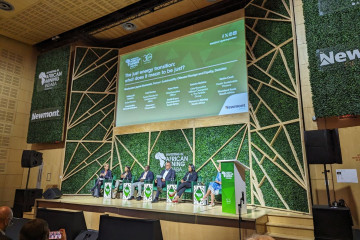






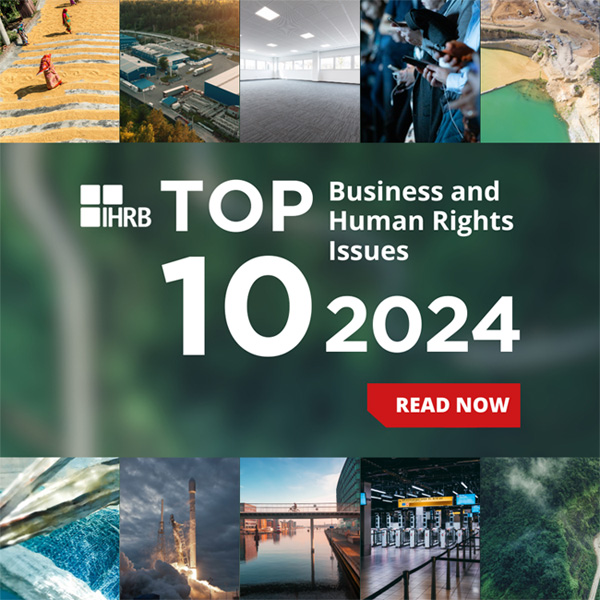
How should businesses respond to an age of conflict and uncertainty?
As 2024 began, European Commission President Ursula von der Leyen aptly summed up our deeply worrying collective moment. As she put it, speaking at the annual World Economic Forum in Switzerland, we are moving through “an era of conflict and...
26 March 2024 | Commentary
Commentary by Scott Jerbi, Senior Advisor, Policy & Outreach, IHRB